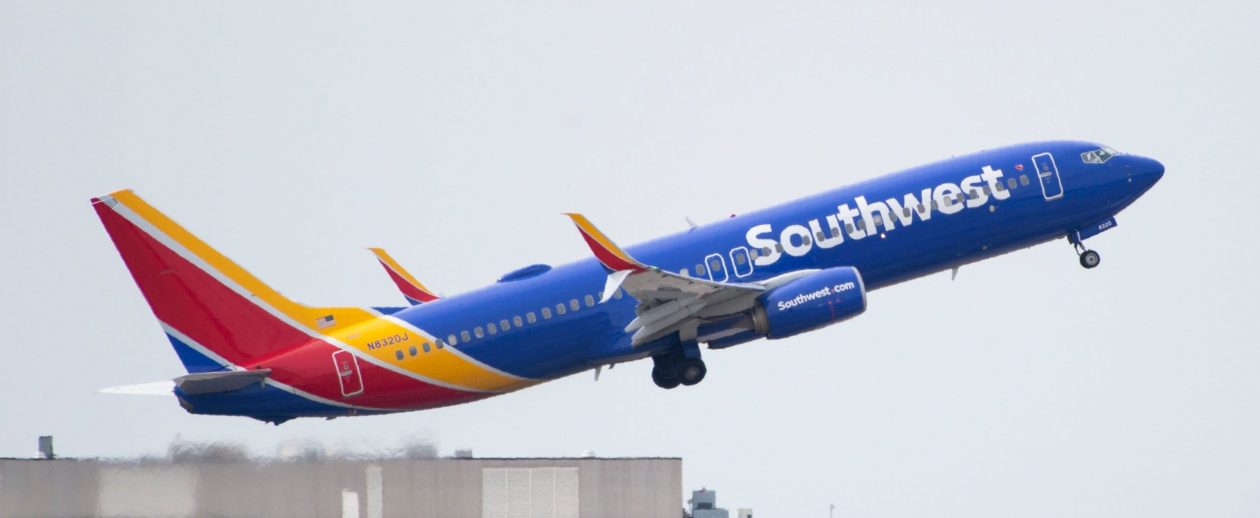This post will overview the different certificates and ratings that pilots need to complete and earn before getting their airline transport pilot’s license.
The step of the process is the private pilots license. This allows pilots to fly around passengers, but they are not allowed to fly people for compensation. This typically takes students about 50-60 flight hours in order to complete. Another requirement for this license is that they pilots can only fly in visual flight conditions, prohibiting them from flying through clouds.
The second rating that needs to be earned on the path to become an airline pilot is the instrument rating. This rating is for flight with sole reference to the flight instruments, so the when the pilot cannot see outside of the airplane at all. This typically takes pilots almost another 40 hours to complete.
The third license needed is the multi engine license. This one is pretty obvious as all it is is an add-on allowing the pilot to fly planes with more than one engine. All of the training done before this are done in a single engine airplane.
Finally, the commercial pilots license. The commercial pilots license is what initially allows you to be paid for flying. Jobs with this rating are typically skydive pilot, flight instructor, or areal photographer. This allows pilots to get paid for all of the remaining hours that they need to get their airline transport license.
Finally, when you reach 1500 hours of total flight time, you can take the tests for your airline transport pilots license. This is the last “rating” aside from a type rating. This allows you to carry a large number of passengers like you would on an airline.
After the ATP license, for each new aircraft you learn to fly that’s takeoff weight is over 12,500 pounds, you need to get a type rating. A type rating certifies you to fly that specific aircraft, and that specific aircraft only, unless you add-on other type ratings, or have previous type ratings.

This was an interesting post, and it taught me quite a bit about the process to obtain a commercial/transport license. I have never thought about how frequently pilots may have to fly without the ability to see out of their plane, so I’m glad to hear that you have to go through 40-plus hours of practice in order to learn effectively. Have you ever considered following a pilot’s career path?
If you consider the number of hours it takes to be successful you’ll realize how dedicated you need to be to not screw up for so long.
Flying is serious business. Planes are expensive, reputation means everything, and trust is paramount. Mess with any one of these and there can be deadly consequences.
They have these long and delicate systems in place to prevent any catastrophe from happening.